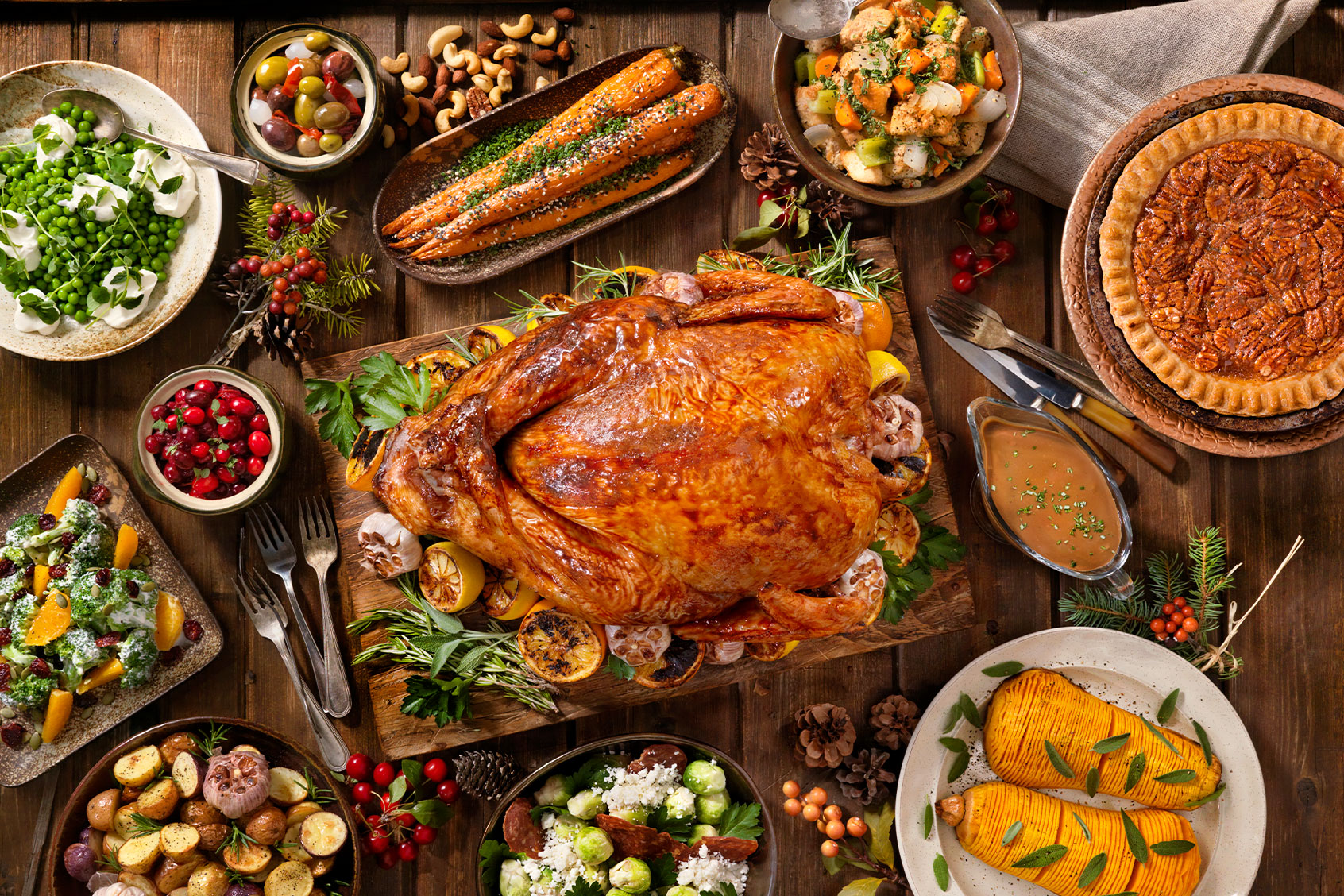In the United States, Thanksgiving is notably celebrated on the fourth Thursday of November. But for our neighbors up North, the annual festivities begin a month earlier on the second Monday of October. This year, Canadian Thanksgiving will fall on Monday, October 10. And while the day will be devoid of classic American traditions — namely football, turkey trots, the Macy’s Thanksgiving Day Parade and Black Friday shopping — there’s still a slew of unique celebrations and good foods to enjoy!
Here’s a closer look at the history of Canadian Thanksgiving and how it’s celebrated by locals:
The history of Canadian Thanksgiving
Per the Canadian Encyclopedia, the first official and annual Canadian Thanksgiving was celebrated on Nov. 6, 1879, although indigenous peoples have been celebrating the fall harvest long before the arrival of European settlers. Over a century after English explorer Martin Frobisher hosted the first Thanksgiving celebration in North America in 1578, the festivities were introduced to Nova Scotia in the 1750s and later, became a widespread event in most parts of Canada by the 1870s.
The first national Thanksgiving in Canada was celebrated in the Province of Canada in 1859, as per the request of leaders of the Protestant clergy. The holiday was primarily held for the “public and solemn recognition of God’s mercies.” But some citizens “objected to this government request, saying it blurred the distinction between church and state that was so important to many Canadians,” according to historian Peter Stevens.
In the following years, Canadian Thanksgiving was celebrated on different dates, including April 5, Nov. 6 and the first Monday in the week of Nov. 11. An official date was finally established in 1957, when the government declared Thanksgiving an annual event to occur on the second Monday of October.
Today, Canadian Thanksgiving is an official statutory holiday throughout the country except in New Brunswick, Nova Scotia and Prince Edward Island. According to CNN, families often celebrate the day before or during the weekend because employers aren’t required to grant their employees paid time off for the day.
As Ellen Gray wrote for Salon, those who celebrate the holiday “might be taking advantage of the mild October weather against a backdrop of vibrant foliage” instead of partaking in the boisterous festivities that are characteristic of American Thanksgiving.
Gray adds, “Canadians are apt to don their sensible down vests and Hudson Bay–inspired scarves for an extended jaunt outdoors. Thanksgiving weekend is quite possibly the last of the pleasant weather in Canada before the onslaught of frigid temps.”
The typical Canadian Thanksgiving menu
Similar to American Thanksgiving, Canadian Thanksgiving meals tend to lean into the bounty of the season, concentrating on autumnal flavors and produce. For instance, Canadian Living’s 2022 “Ultimate Thanksgiving Dinner Guide” includes recipes like: cider-glazed turkey, squash and quinoa pilaf, sausage and apple stuffing and pumpkin pie.
However, there are several culinary traditions that distinguish the Canadian celebration from its American counterpart. For instance, turkey is not the centerpiece on some dinner tables; in Newfoundland, its common for families to share a Jiggs dinner.
Want more great food writing and recipes? Subscribe to Salon Food’s newsletter.
Consisting of boiled salt beef, cabbage, vegetables and pease pudding — a savory pudding made of boiled legumes — the meal is actually named after Jiggs, one of the main characters of the long-running comic strip “Bringing Up Father.” Jiggs is an Irish immigrant to North America who won a million dollar sweepstakes, yet remains connected to his working-class lifestyle, including his favorite meal of corned beef and cabbage.
Salmon and wild game are also common main courses.
In addition to pumpkin pie, other regional desserts may be incorporated into the menu, like Nanaimo bars — a no-bake chocolate dessert named after the city in British Columbia — or Ontarian butter tarts.
However, some things are consistent across cultures. The Canadian Football League usually holds a nationally-televised doubleheader called “The Thanksgiving Day Classic.” I guarantee our neighbors up north enjoy nodding off while watching the game after dinner just as much as we do.

